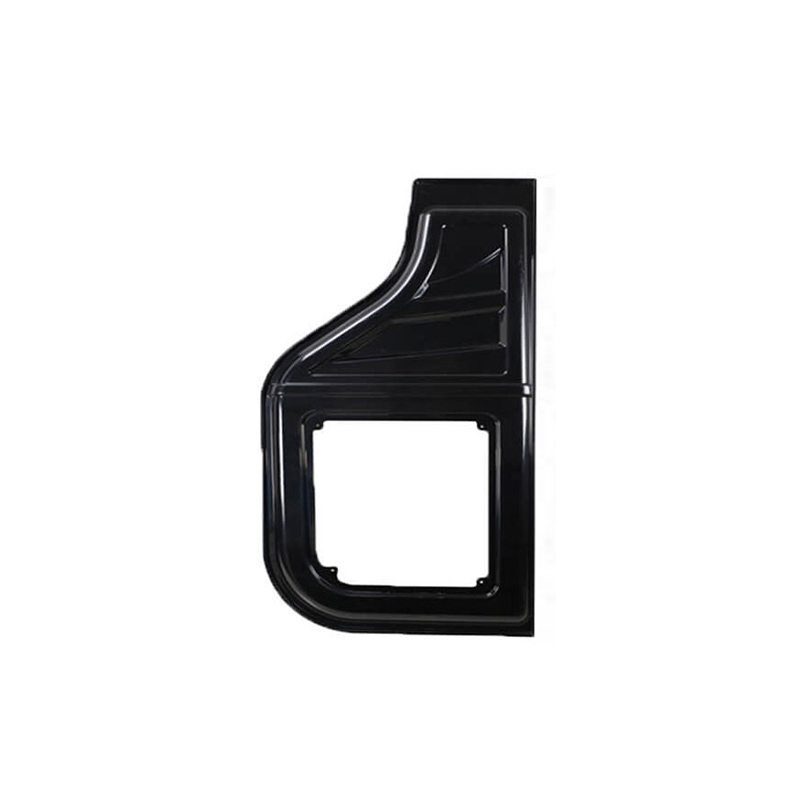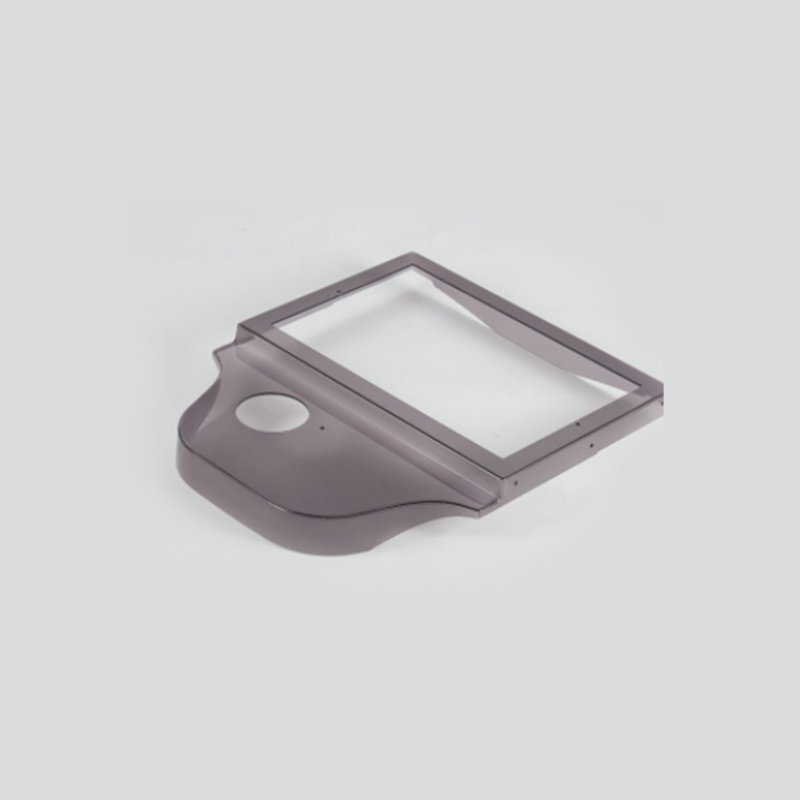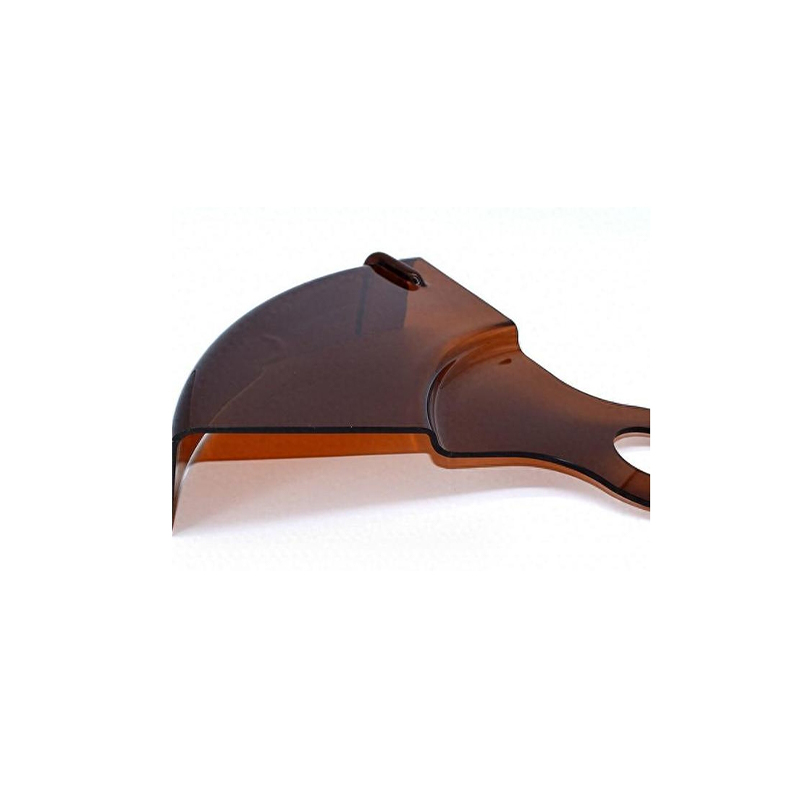Thick Vacuum Plastic Vehicle Interiors
Using ABS for all ceiling parts and attach the fabric with machine work.
This ensures a precise and long-lasting attachment without the problems that come with handwork, such as glue leakage, yellow spots, and bubbles.
Our customers can enjoy a high-quality, durable product with no worries about future complications.
Details
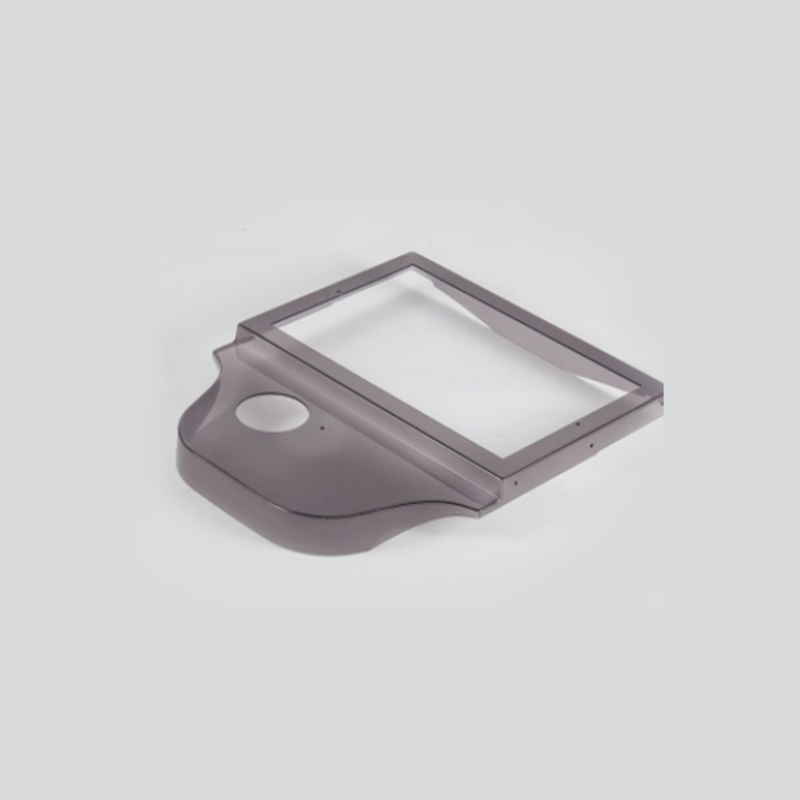
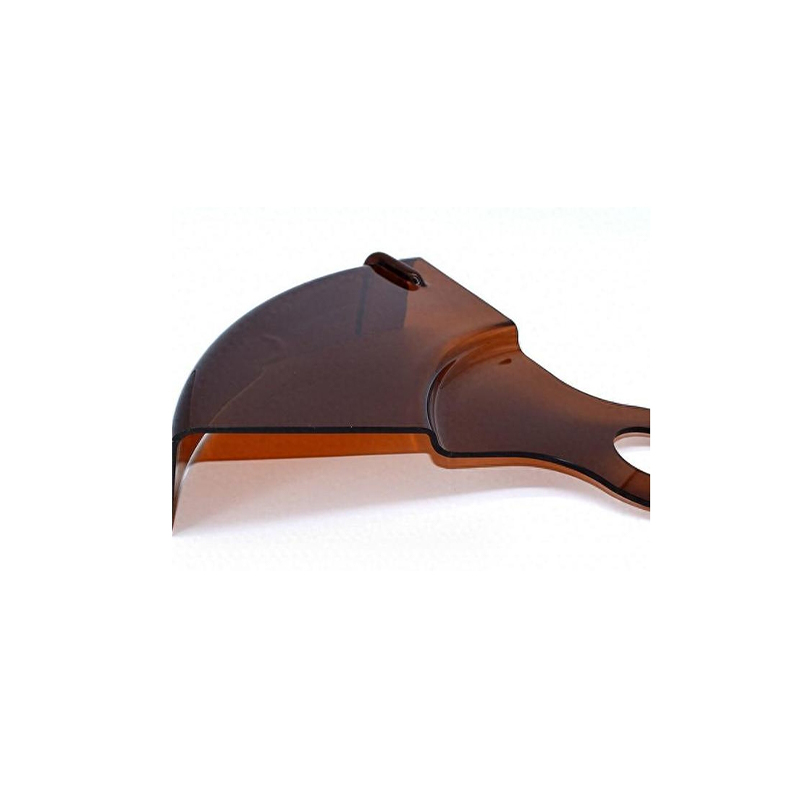
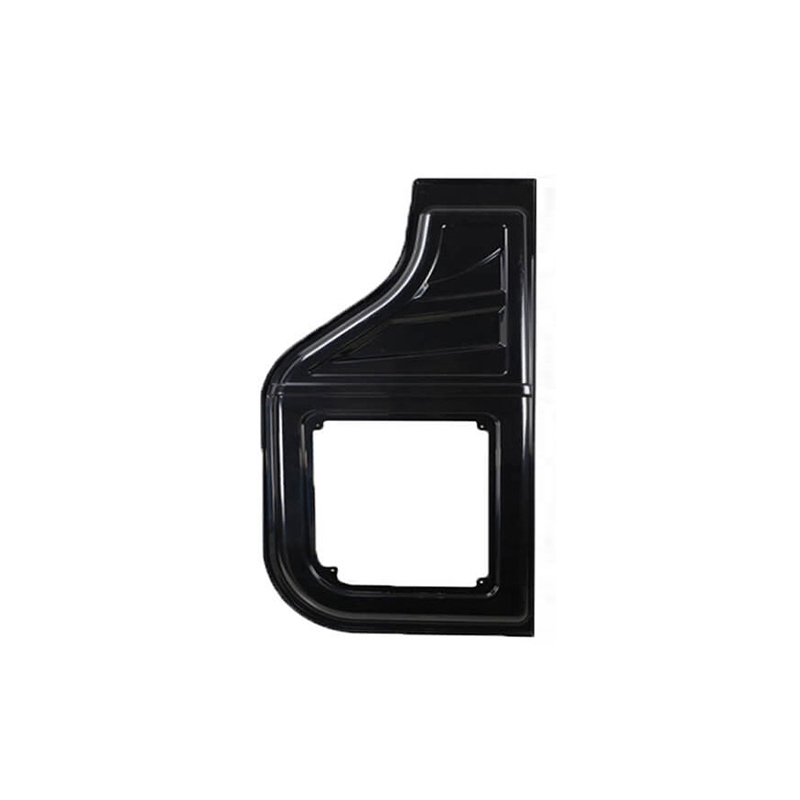
Thick Vacuum Plastic Vehicle Interiors: A Comprehensive Overview
1. Introduction to Thick Vacuum Plastic Vehicle Interiors
Thick vacuum plastic vehicle interiors play an essential role in modern automotive design. These interiors provide durability, aesthetic appeal, and functional benefits, making them an integral component of vehicle cabins. Manufactured using advanced vacuum plastic techniques, thick vacuum vehicle interiors offer a lightweight yet robust solution that enhances both safety and comfort.
2. Material Composition of Vacuum Plastic Interiors
The materials used in vacuum plastic interiors are chosen for their durability and resistance to wear and tear. Some commonly used materials include:
ABS (Acrylonitrile Butadiene Styrene): Known for its strength and impact resistance.
Polycarbonate (PC): Offers superior heat resistance and stability.
Polyvinyl Chloride (PVC): Provides flexibility and is widely used in soft-touch surfaces.
Polypropylene (PP): A lightweight option that is resistant to chemicals and moisture.
Each of these materials plays a crucial role in ensuring that thick vacuum vehicle interiors maintain their structural integrity and aesthetic appeal over time.
3. Manufacturing Process of Thick Vacuum Plastic Interiors
The production of thick vacuum plastic vehicle interiors involves multiple steps to achieve precision and consistency:
Material Selection: The appropriate plastic sheets are chosen based on the required properties.
Heating Process: The plastic is heated to a malleable state.
Vacuum Forming: The material is shaped into the desired thick vacuum vehicle interiors using vacuum pressure.
Cooling and Finishing: The formed components are cooled and trimmed to ensure a perfect fit.
Quality Control: The final product is inspected for durability, finish, and compliance with automotive standards.
This process ensures that vacuum plastic interiors meet both functional and aesthetic requirements, making them ideal for use in modern vehicles.
4. Durability and Performance of Thick Vacuum Plastic Interiors
Thick vacuum plastic vehicle interiors are designed to withstand harsh conditions while maintaining their visual appeal. Key durability factors include:
Scratch and Impact Resistance: Ensuring longevity even in high-traffic areas.
Heat and UV Resistance: Preventing fading and warping over time.
Moisture Protection: Avoiding damage from humidity and spills.
Structural Stability: Maintaining form and function under stress.
Due to these properties, thick vacuum vehicle interiors contribute to a more reliable and long-lasting vehicle cabin.
5. Aesthetic and Customization Options
One of the biggest advantages of vacuum plastic interiors is the ability to customize them according to design preferences. Features include:
Smooth and Glossy Finishes: Enhancing the premium feel of the vehicle.
Variety of Colors and Textures: Allowing manufacturers to match different vehicle styles.
Custom Embossing and Branding: Adding logos and specific designs to interior components.
Matte, Gloss, or Soft-Touch Surfaces: Catering to different user preferences.
These customization options make thick vacuum vehicle interiors an attractive choice for both economy and luxury vehicles.
6. Functional Benefits of Thick Vacuum Plastic Vehicle Interiors
Apart from their durability and aesthetics, thick vacuum plastic vehicle interiors offer several functional benefits:
Lightweight Construction: Contributing to overall vehicle weight reduction and fuel efficiency.
Sound Absorption Properties: Reducing noise levels inside the cabin.
Ease of Maintenance: Resistant to dirt and stains, making cleaning simple.
Enhanced Comfort and Ergonomics: Providing a better driving and passenger experience.
Fire Retardant Properties: Meeting safety regulations and enhancing passenger protection.
These benefits make vacuum plastic interiors a preferred choice for automobile manufacturers worldwide.
7. Applications of Thick Vacuum Plastic Interiors in Different Vehicles
Thick vacuum plastic vehicle interiors are used in various types of automobiles, including:
Passenger Vehicles: Dashboards, door panels, and center consoles.
Luxury Cars: High-end trims and decorative elements.
Commercial Trucks: Heavy-duty interior components designed for rugged conditions.
Public Transport Vehicles: Durable and easy-to-clean surfaces for buses and trains.
Emergency Response Vehicles: Interiors designed to withstand intensive usage.
With diverse applications, these interior solutions continue to be a vital part of modern vehicle manufacturing.
8. Conclusion
Thick vacuum plastic vehicle interiors provide the perfect blend of durability, aesthetics, and functionality. With advanced vacuum plastic forming techniques, thick vacuum vehicle interiors are built to last while maintaining a stylish appearance. As the automotive industry evolves, the demand for high-quality, customizable, and durable interior solutions will continue to grow, making vacuum plastic interiors an indispensable component of vehicle design.
Tags
Get the latest price? We will reply as soon as possible (within 12 hours)

